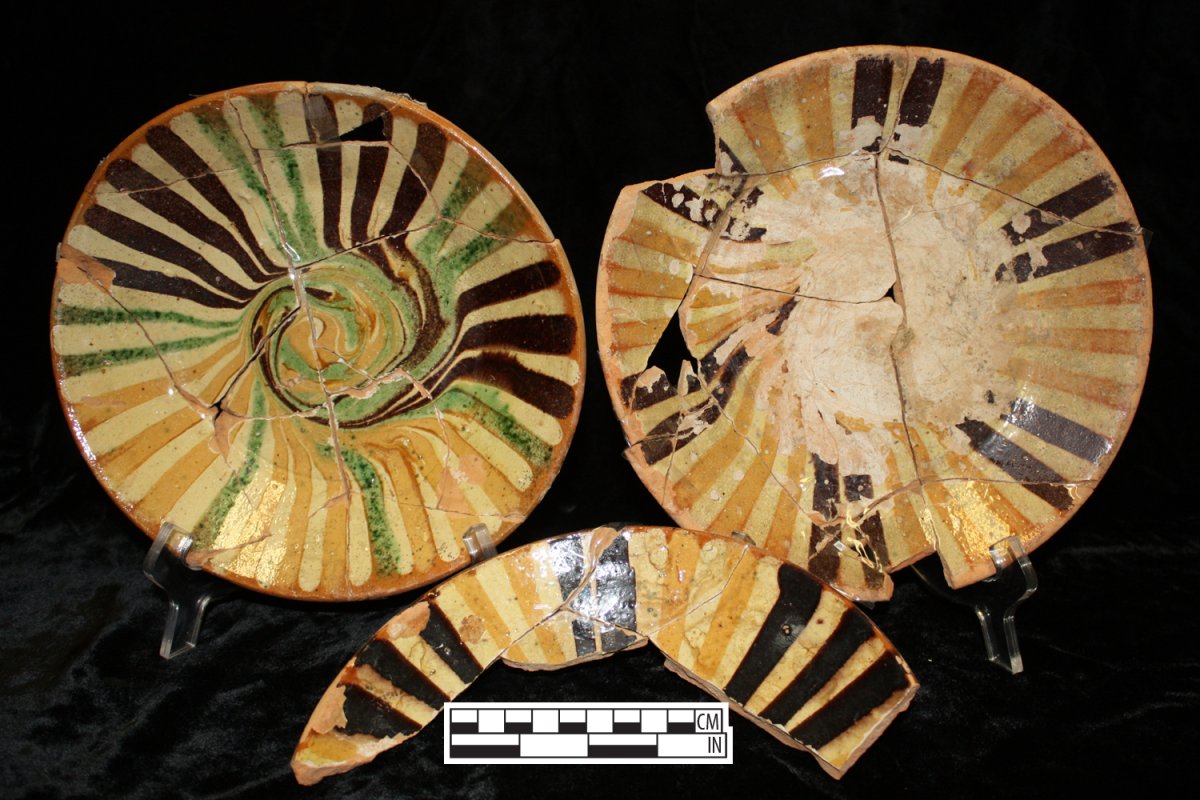A total of 82,000 artifacts were discovered at the site of a new museum in Philadelphia currently under construction – preserved inside toilets.

A team of archaeologists made the find under the site of the proposed Museum of the American Revolution, which is set to occupy a quarter of a downtown city block.
Researchers discovered most of the artifacts inside “brick-lined privy and well shafts.” In other words, the remnants of history were found inside toilets dating back to the 17th century.
READ MORE: 12,000-year-old Marysville artifacts give Indigenous people glimpse of the past
At that time, people used privies not only to do their business but also as open waste bins.
According to LiveScience, the archaeologists had to spray water into piles of preserved human excrement to loosen it up and help them carry on with their excavation of the site. The human waste served as an excellent preservative for the artifacts.
“It doesn’t smell like fresh human waste, thank goodness, but it does have a characteristic smell,” lead archaeologist Rebecca Yamin told the website.
National Geographic reported that the researchers discovered that one of the privies belonged to a property owned by Benjamin and Mary Humphreys. It was filled with dozens of drinking glasses and a hundred alcohol bottles, not the normal contents of a 18th century household.
Documents show that Mary Humphreys was arrested in 1783 for running an illegal tavern called a “disorderly house.”
Other artifacts point to evidence of early 19th century print shops and a button factory that were known to have been operating on the site from 1913 until the Second World War.
“It seems only fitting that such a complete story of the evolution of the city should be found on the site of a future museum,” said Michael Quinn, president and CEO of the Museum of the American Revolution.
“These artifacts provide a tangible tie to Philadelphia’s past and help us tell the stories of people who lived right here before, during, and after the Revolutionary War.”
Some of the artifacts will be displayed for the public when the museum opens in spring 2017.
- Four injured after military horses break loose, stampede in London, U.K.
- Canada refused to repatriate woman from ISIS camp because she can’t be arrested: internal memo
- Russia vetoes UN resolution to prevent nuclear arms race in space
- Spain’s PM considers resigning amid wife’s legal probe: ‘Is it all worth it?’










































Comments